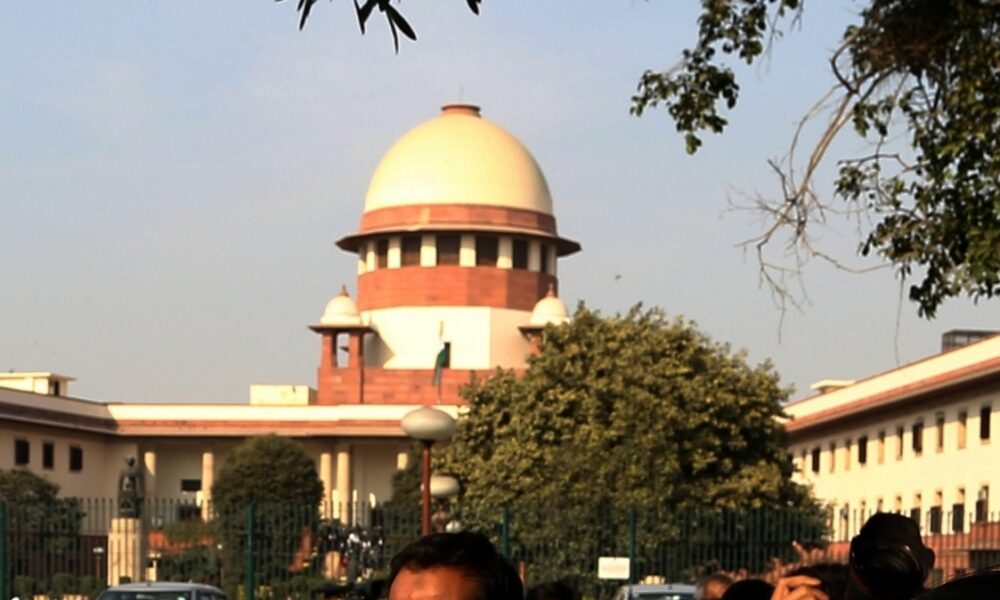
States can’t use annual income as sole criterion for creamy layer: SC
New Delhi, Aug 25: The Supreme Court on Tuesday said states cannot determine “creamy layer” from backward classes, solely on the basis of economic criterion or annual income, as it quashed a notification issued by Haryana by which sections of backward classes earning above Rs 6 lakh per annum were to be considered as creamy layer.
Citing the top court’s judgment in Indra Sawhney case (Mandal Commission case) (1992), a bench of Justices L. Nageswara Rao and Aniruddha Bose observed that “this Court directed state governments to identify ‘creamy layer’ amongst the backward classes and exclude them from the purview of reservation”.
The bench noted that the Haryana Backward Classes (Reservation in Services and Admission in Educational Institutions) Act, 2016, makes it mandatory for identification and exclusion of creamy layer to be on the basis of social, economic, and other relevant factors. “The State of Haryana has sought to determine ‘creamy layer’ from backward classes solely on the basis of economic criterion and has committed a grave error in doing so. On this ground alone, the notification dated August 17, 2016 requires to be set aside,” it said.
However, the top court said the admissions to educational institutions and appointment to state services on the basis of the notifications dated August 17, 2016 and August 28, 2018 shall not be disturbed.
The Haryana government had clubbed clubbing income from salaries or agricultural land, while it decided on gross annual income for defining creamy lawyer, which was rejected by the top court.
The bench said August 2016 notification was in flagrant violation of the directions issued by the top court in Indra Sawhney case and it was also at variance with the memorandum dated September 8, 1993 issued by the Centre.
It directed the Haryana government to issue a fresh notification within a period of 3 months, to determine creamy layer among the other backward classes (OBCs), after taking into account the principles laid down by it in Indra Sawhney-I and the criteria mentioned in Section 5(2) of the 2016 Act for determining creamy layer.
The Haryana government had contended that a detailed district-wise survey was done by a commission to collect information relating to social and economic backwardness of all the backward classes before issuing the impugned notifications, and that sub-classification amongst the backward classes is to ensure that people with lower income amongst backward classes get the benefit of reservation as they need a helping hand more than the others who fall within the higher income bracket of Rs 3 lakh to Rs 6 lakh.
The current annual income limit for creamy layer under the Central government is Rs 8 lakh.
“Strangely, by the notification dated August 17, 2016, the identification of ‘creamy layer’ amongst backward classes was restricted only to the basis of economic criterion. In clear terms, this court held in Indra Sawhney-I that the basis of exclusion of ‘creamy layer’ cannot be merely economic,” the bench said.
The top court judgment came on a petition by Pichra Warg Kalyan Mahasabha, challenging the 2016 notification, arguing that it breached the guidelines laid down by the top court in the Indra Sawhney case.
-IANS
